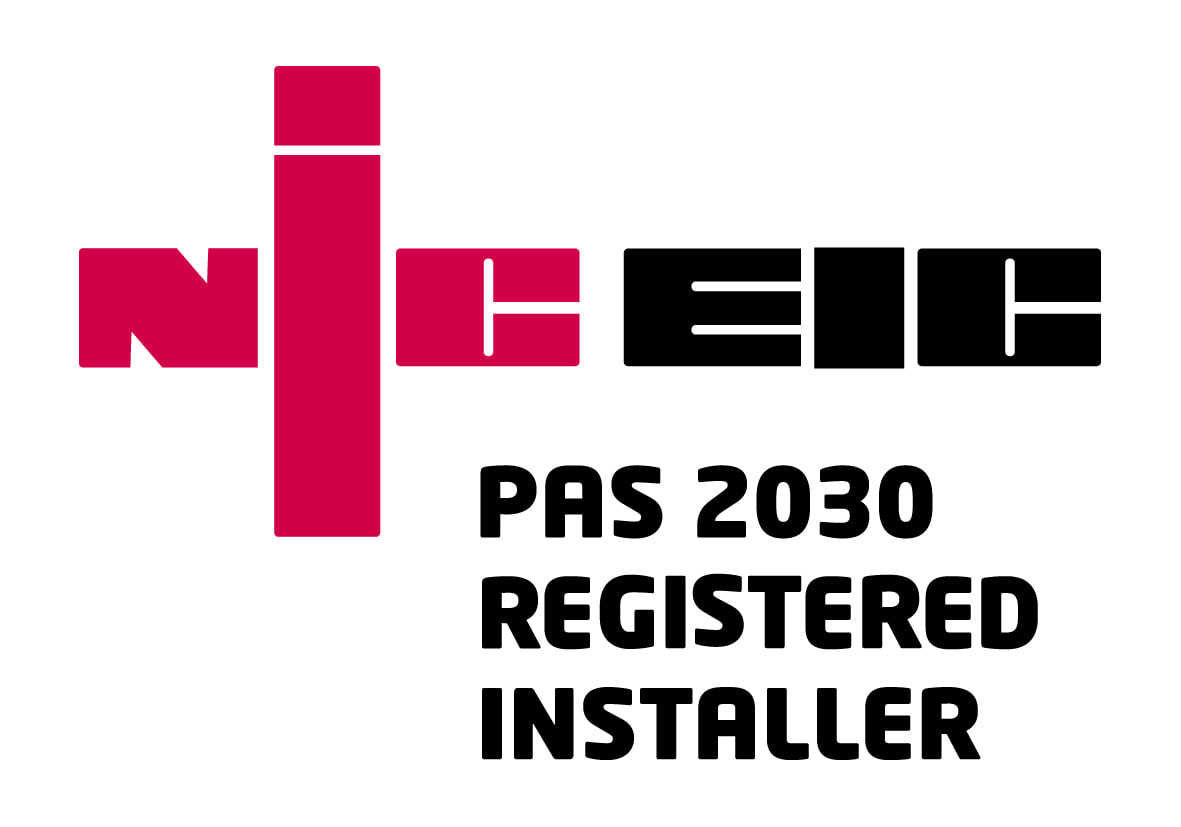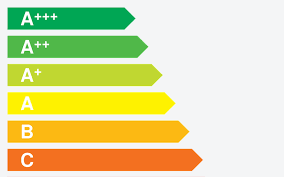
News
Understanding PAS 2030: The Key to Quality Retrofitting and Energy Efficiency
In the quest for sustainable and energy-efficient buildings, standards and certifications play a crucial role in ensuring quality and performance.
Among these, PAS 2030 stands out as a pivotal framework that guides the implementation of retrofit measures, aiming to improve the energy efficiency of existing buildings. But what exactly is PAS 2030, and why is it important in the realm of retrofitting?
PAS 2030 is a specification developed by the British Standards Institution (BSI) that sets out the requirements for the installation of energy efficiency measures (EEMs) in existing buildings. Originally introduced in 2007, PAS 2030 has undergone several revisions to reflect advancements in technology, changes in regulations, and evolving industry best practices. The latest version, PAS 2030:2019, serves as the benchmark for retrofit projects in the United Kingdom, providing a comprehensive framework for ensuring the quality and effectiveness of energy efficiency measures.
At its core, PAS 2030 establishes rigorous standards for the planning, implementation, and evaluation of retrofit interventions. It covers a wide range of energy efficiency measures, including insulation, heating systems, ventilation, and renewable energy technologies. By adhering to the requirements outlined in PAS 2030, contractors and installers can demonstrate their competency and commitment to delivering high-quality retrofit solutions that meet the needs of building owners and occupants.

One of the key features of PAS 2030 is its emphasis on performance and outcomes. Rather than focusing solely on the installation process, PAS 2030 places equal importance on the measurement and verification of energy savings achieved through retrofit measures. This ensures that investments in energy efficiency deliver tangible benefits in terms of reduced energy consumption, lower carbon emissions, and improved comfort levels for building occupants.
Moreover, PAS 2030 plays a crucial role in safeguarding consumer interests and promoting confidence in the retrofit industry. By establishing clear requirements for installer competence, product quality, and project management, PAS 2030 helps mitigate risks associated with poor workmanship, inadequate materials, and substandard installations. This gives homeowners and building owners assurance that retrofit projects carried out in accordance with PAS 2030 are executed to the highest standards of professionalism and integrity.
Additionally, PAS 2030 serves as a prerequisite for accessing government incentives and support schemes aimed at promoting energy efficiency. For instance, contractors participating in the Energy Company Obligation (ECO) and Green Homes Grant (GHG) schemes must comply with PAS 2030 to qualify for funding. By aligning with PAS 2030 requirements, contractors can expand their business opportunities and leverage government subsidies to make retrofit projects more affordable for their clients.

Despite its numerous benefits, implementing PAS 2030 can present challenges for industry stakeholders, including contractors, assessors, and manufacturers. Compliance with the standard requires investment in training, certification, and quality assurance processes, which may pose financial and logistical hurdles for some organisations. Moreover, staying abreast of updates and revisions to PAS 2030 necessitates ongoing commitment to professional development and continuous improvement.
In conclusion, PAS 2030 plays a pivotal role in driving the adoption of energy efficiency measures in existing buildings and ensuring the quality and effectiveness of retrofit interventions. By setting rigorous standards for installation, performance measurement, and consumer protection, PAS 2030 contributes to the advancement of sustainable building practices and the realisation of energy efficiency goals. As the retrofit industry continues to evolve and expand, adherence to PAS 2030 will remain essential for delivering retrofit solutions that deliver lasting benefits for building owners, occupants, and the environment alike.
